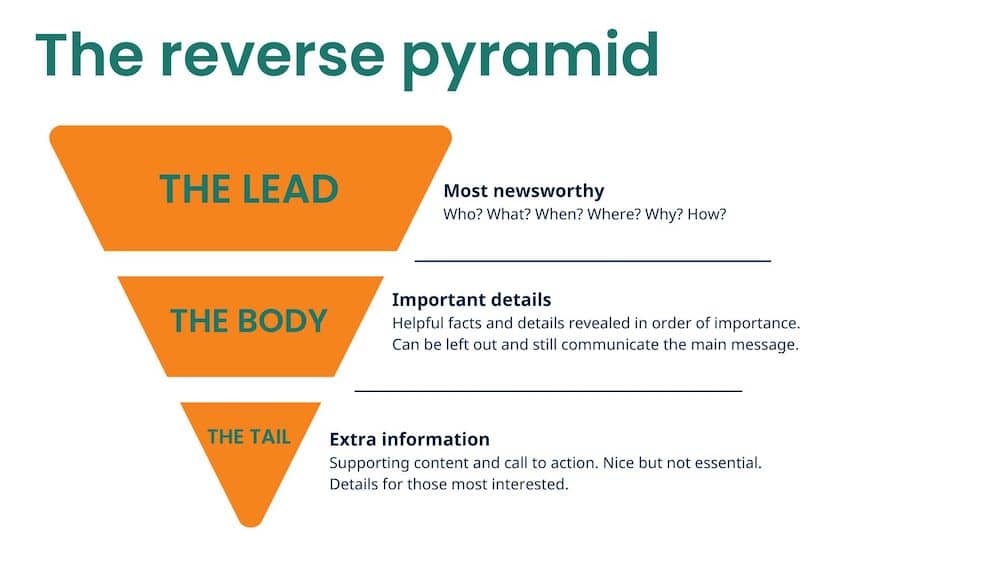Do you receive loads of long-form organisational comms? By that, I mean screeds of wordy jargon, impenetrable narratives, and a lot of background information that you don’t need?
It’s all too common and oh-so-fixable.
Here are three simple fixes.
The first is to put your audience first, not yourself.
It’s easy to think about what you want to say. You also need to think about what your audience wants to hear. What information are they seeking? What will bring it to life for them?
The second fix is to make it easy. Think short sentences, small words, keeping it human.
Sadly, our education system has not served us well when it comes to teaching good writing. Many university graduates assume they can write (well). But often, their writing is formal, dense, and full of jargon – written in ‘academese’ or ‘bureaucratese’. They think this is how ‘smart people’ write.
According to the Australian Bureau of Statistics, 44 per cent of Australians have low English literacy skills. And research shows that 80 per cent of people like plain language, no matter how highly educated they are. What readers want is simple, clear and concise language.
The third fix is to think about form. When you plan your structure and avoid stream-of-consciousness text, you serve your readers.
In Get It Write, my colleague Kylie and I teach the classic reverse pyramid structure. Here you start with the most important points, answering the six key questions: who, what, when, where, why, how.

Visual communication is another way to think about form and illuminate complex concepts.
Data journalism is now very familiar, but it began in the Victorian era. Did you know that Florence Nightingale was a pioneer of this?
Talk to me about the Get It Write program if you’re interested in other ways to get words working for you.
